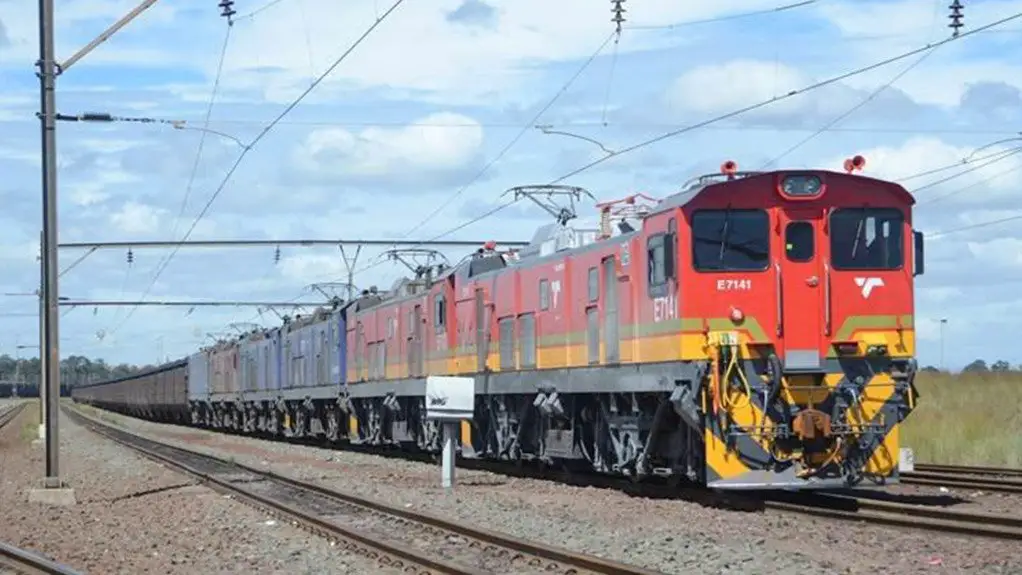The government of South Africa through the Department of Transport has set aside US $89m to repair and upgrade the railway line Cape Town . The repair works are expected to be conducted in phases with the completion date set to April 2021. According to Transport Minister Fikile Mbalula parts of the railway line have been vandalized hence interrupting the normal transport of passengers.
The minister said substations would be repaired or rebuilt according to its current condition while overhead electrical lines will be replaced and the signaling will also be modernized. In addition as part of the plan to prevent vandalism, the transport department announced that it will also construct a four-meter-high concrete barrier along the line and also install security cameras to aid in guarding the line and the substations.
The railway line which used to serve Khayelitsha and Mitchells Plain, two of Cape Town’s biggest areas has not been operational since November 2019, therefore inconveniencing commuters who have to pay more to reach their various destinations as compared to what they used to pay. Moreover, the minister noted that PRASA has spent about US $10.8m on substations and overhead lines on the central line alone while trying to repair but the infrastructure has been vandalized beyond repair.
Also Read: Kenya revives rehabilitation of Nairobi-Nanyuki railway line
Interim public transport solution
Meanwhile, buses will be used used to ferry commuters along the central line route as an interim solution for public transport. Mbalula promised that by September 2020, 62 train trips will be available with a frequency of 30 minutes.
In April 2021 full service is expected to be restored with trips amounting 232 per day with a peak frequency of between 10 to 15 minutes. In the meantime, Mbalula warned that electrical infrastructure would be live during the repair process and that there would be ongoing community engagement to remove informal structures in dangerous locations.

